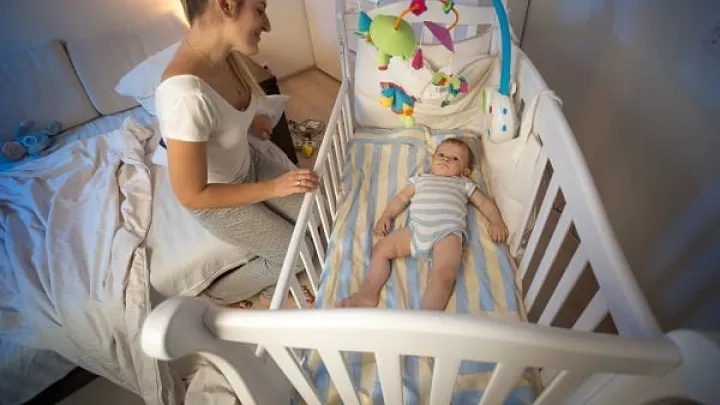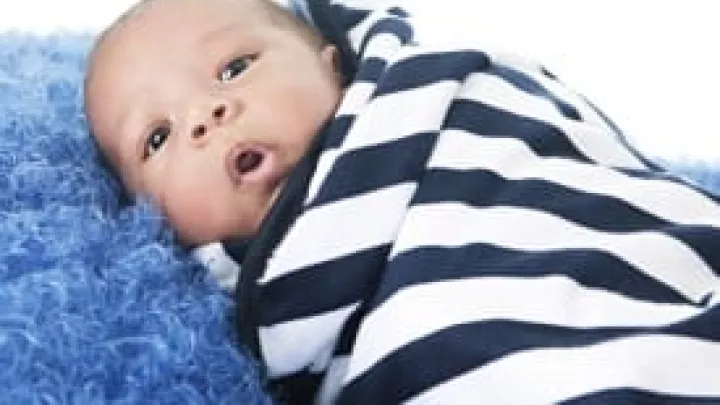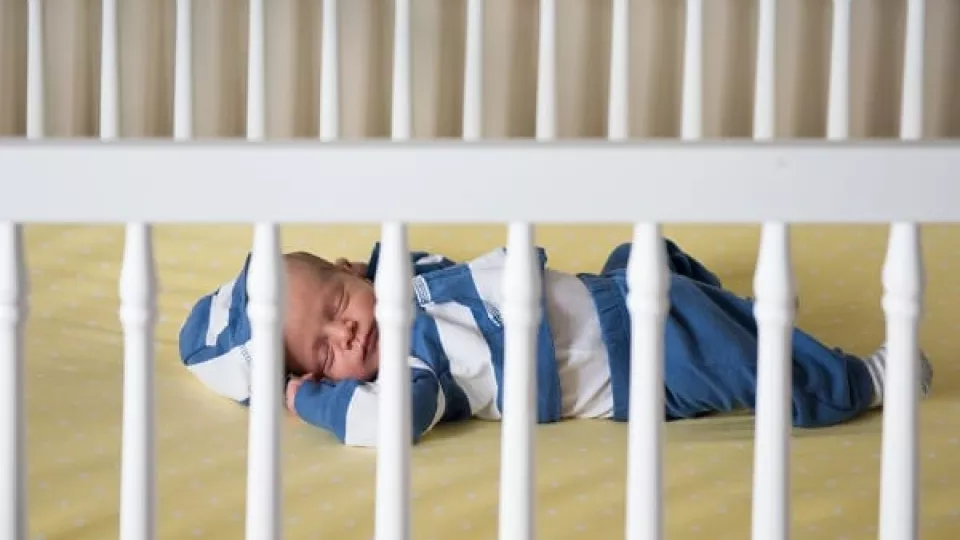
A Call to Moms: Throw Away Your Infant Sleep Positioners
I have some "big news" to share with new moms. The Food and Drug Administration and (FDA) and Consumer Product Safety Commission (CPSC) recently issued a warning to parents and caregivers to stop using infant sleep positioning products (also known as "sleep positioners.") Although, manufacturers of sleep positioners have claimed that these products prevent sudden infant death syndrome and other sleep-related disorders in infants, the FDA is now indicating that:
The risk of suffocation outweighs any possible health benefits that could potentially be gained from using sleep positioning products.
As a parent and a nurse, when I heard about this, I wanted to know all the details, and I’m providing the information I feel is worthy of passing on to parents below.
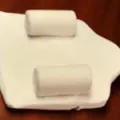
What are Sleep Positioners?
Sleep positioning products were created to keep a baby sleeping on its back or side. Available products come in a variety of colors and designs, but certain key elements are consistent in a sleep positioner:
- The surface incorporates a thin mat
- The mat has rolls on each side
- The item incorporates a wedge to elevate the baby’s head
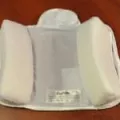
Why the Warning?
- Twelve infant deaths have been tied to the use of sleep positioning products.
- All deaths were in infants less than 4 months of age.
- Suffocation occurred when the babies rolled from their sides to their stomach.
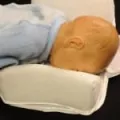
I’m Confused. Aren’t Positioners Recommended for Babies?
If you are a new parent, the FDA Warning is probably confusing. Manufacturers often make claims that their product can help prevent medical conditions such as:
- Sudden Infant Death Syndrome (SIDS)
- Gastroesophageal reflux disease (GERD)
- Flat head syndrome
Although the FDA approved sleep positioners products for GERD and flat head syndrome, the most current information indicates that the products’ prevention is outweighed by the risk of suffocation for infants. “Using a positioner to hold an infant on his back or her back or side to sleep is dangerous and unnecessary” and “to date there is in scientific evidence that an infant sleep positioner prevents SIDS.” NEWS from CPSC and FDA Just to repeat, in case you've skipped ahead from above, I’ve bolded the latest information here:
The risk of suffocation outweighs any possible health benefits that could potentially be gained from using sleep positioning products.
What Can I Do to Ensure My Baby Sleeps Safely?
The American Academy of Pediatrics recommends that infants be placed on their backs while sleeping on a firm bed with no soft objects, toys, pillows or blankets. To help create a safe sleep for your infant, remember to follow the ABC’s of safe sleep.
ABC's of Safe Sleep
Alone on the Back in a Bare Crib
Additional Guidance for Parents
- Always place your infant on their back to sleep at night or during naps.
- Remove all toys, blankets, pillows, soft objects (remember, a “bare crib”)
- Babies sleep alone in crib or bassinet
Avoiding Flat Head Syndrome
You can avoid flat head syndrome by giving your baby some supervised “tummy time” a few times a day starting at 2 months of age.
- The baby should have some head control
- The baby should be awake
- Supervise your baby
- Tummy time helps normal growth and development and avoids flat head syndrome
Spread the Word
Please help me spread the word to moms by forwarding this post. We have already been telling families who come to Children's Hospital Los Angeles not to use these any longer. Help get the word out by sharing this link with others. And below, I’ve provided a few more resources for you in case you want to check on what the government has to say about this as well.
Other Resources to Check
- Report any injury from an infant sleeper to CPSC www.gov/cgibin/incident.aspx
- Consumer Update at www.fda.gov/forconsumers/consumerupdates
